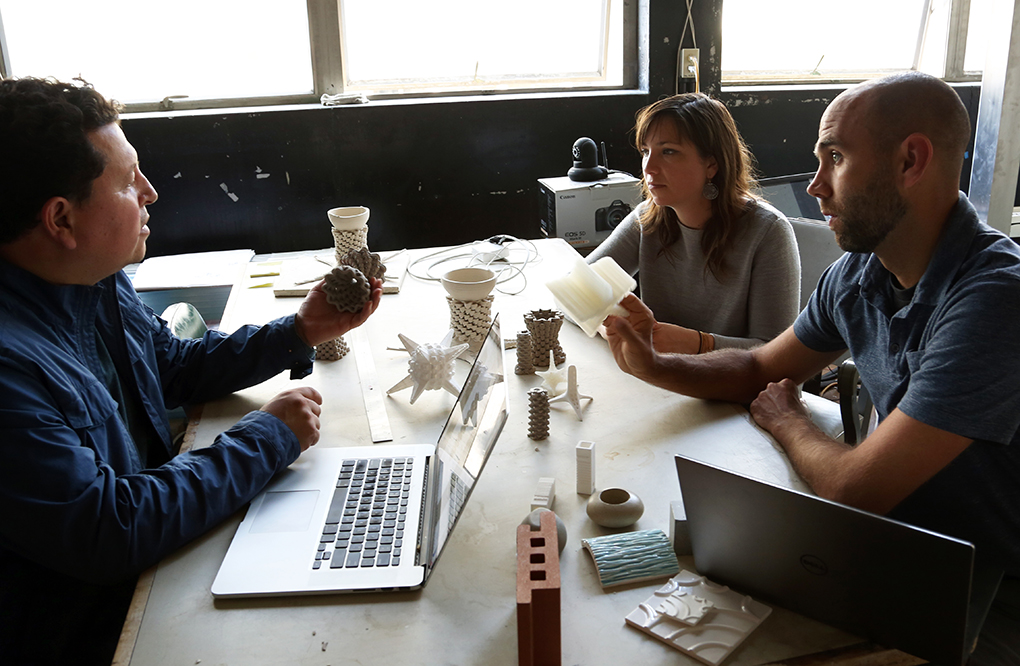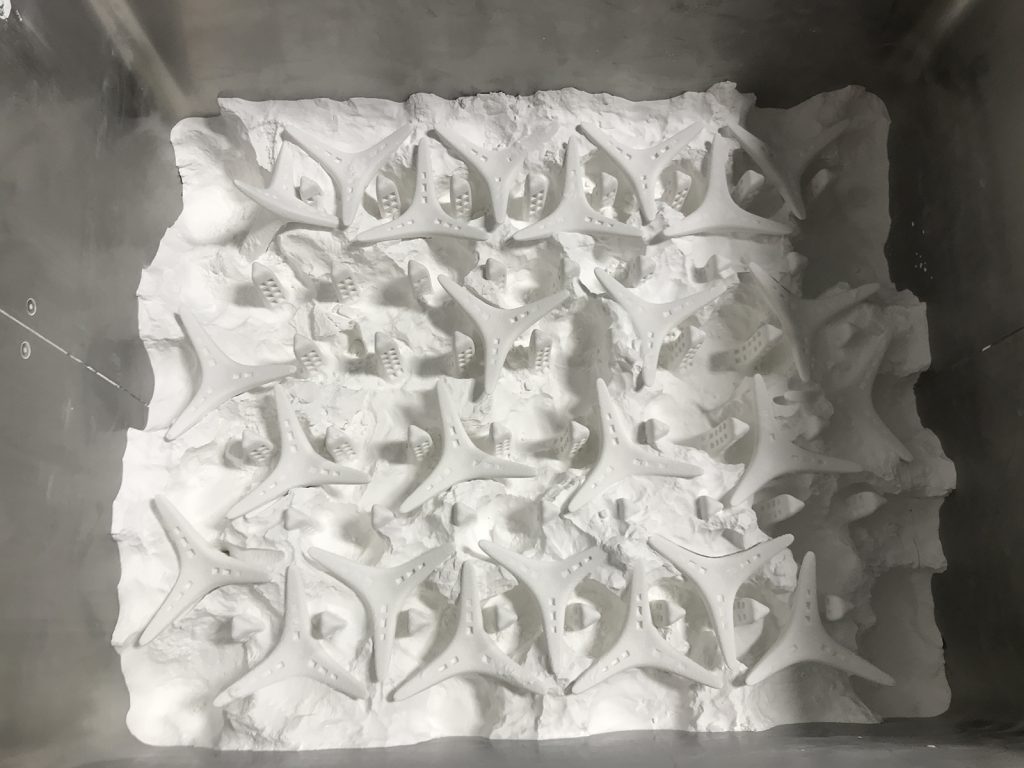Boston Ceramics, a member of the FIT Additive Manufacturing Group, has released an update of its work for an initiative using 3D printing to help save the world’s coral reefs.
Building upon several years research into the behavior and breeding of coral by international non-profit organization SECORE International, Boston Ceramics is helping to provide objects that serve as the perfect shelter for fledgling coral spores.
Carl Fruth, founder and CEO of FIT Additive Manufacturing Group, comments,
“We are really proud to be part of the SECORE project to save the corals. The artificial coral pieces are a fantastic practical application of 3D printed ceramics, and the success of the campaign will be of immeasurable value to the ecosystem of the coral reefs and entire oceans.”
Sowing the seeds of coral
Founded in 2002 at Rotterdam Zoo, SECORE explores an alternative method of reef conservation based on sexual coral reproduction.
Typically, asexual corals have been used to help repopulate the seabed. But this method of breeding is more akin to cloning. Sexual coral reproduction (or SE-CO-RE) by contrast promotes a more diverse sea bed of differing coral types.
To help the sexually-reproduced larvae along, SECORE requires specially made structures to serve as the foundations for their growth. It also helps if the structures look and act like their natural counterparts, i.e. white or pink healthy reefs with crevices, grooves and holes.

Aric Bickel, SECORE’s Project and Workshop Manager explains the proccess: “One of the ways SECORE is aiming to reduce the costs of restoration is by designing substrates for corals to settle on that do not need to be manually attached to the reef, but rather can be sown, similar to how a farmer would sow seeds in a field,”
“We call these settlement substrates ‘seeding units’. The seeding unit needs to be attractive for coral larvae to settle on, as well as giving them shelter to enhance the otherwise very low natural survival rate of coral settlers in the wild.”
Preparing for the first-ever field test
With award winning software company Autodesk and San Francisco design firm Emerging Objects, the SECORE team created the perfect pseudo-coral design: star-like with multiple prongs, nodules and indents. To make these at scale, the team then enlisted the help of Boston Ceramics.

Boston Ceramics employs a voxeljet VX 4000 binder jet 3D printer, with a build size of 4 x 2 x 1 m to make a batch of the seeding units in one go. “Each part is a small masterpiece related to the complexity of its production,” explains Fruth, “And by using volume additive manufacturing, even such delicate forms can be made available in huge numbers.”
In June 2018, SECORE started its first field test of the ceramic 3D printed seeding units, and preliminary result are expected to come in 2019.
In other news, FIT recently confirmed the launch of its new Japanese subsidiary FIT Japan KK, and invested in 4 new EOS metal additive manufacturing systems.

For all the latest 3D printing news subscribe to the 3D Printing Industry newsletter. Also, follow us on Twitter, and like us on Facebook.
Search and post 3D Printing Jobs for opportunities and new talent across engineering, marketing, sales and more.
Featured image shows a 3D printed unit attracting life on the sea bed. Photo by Valérie Chamberland/SECORE International


